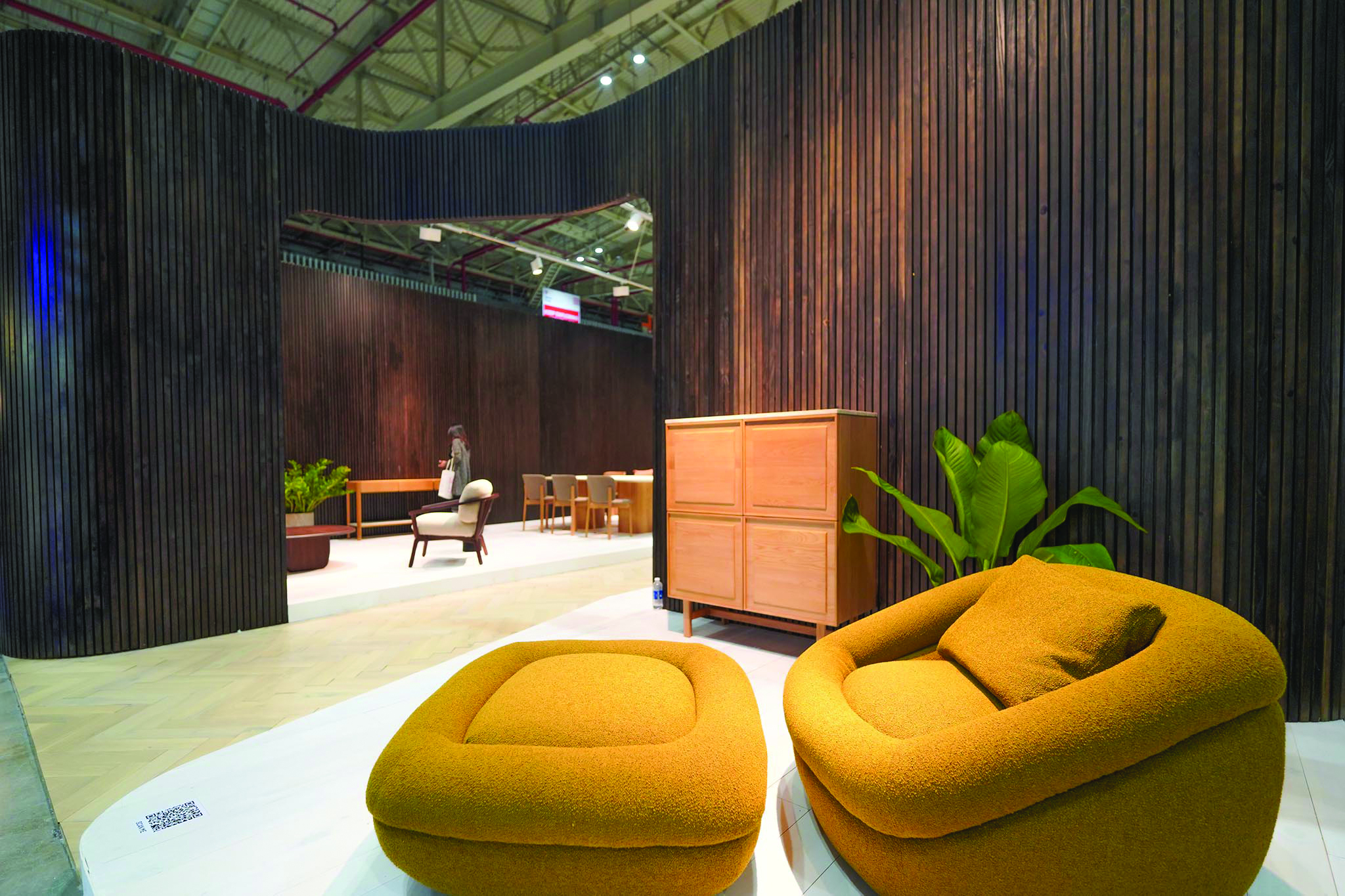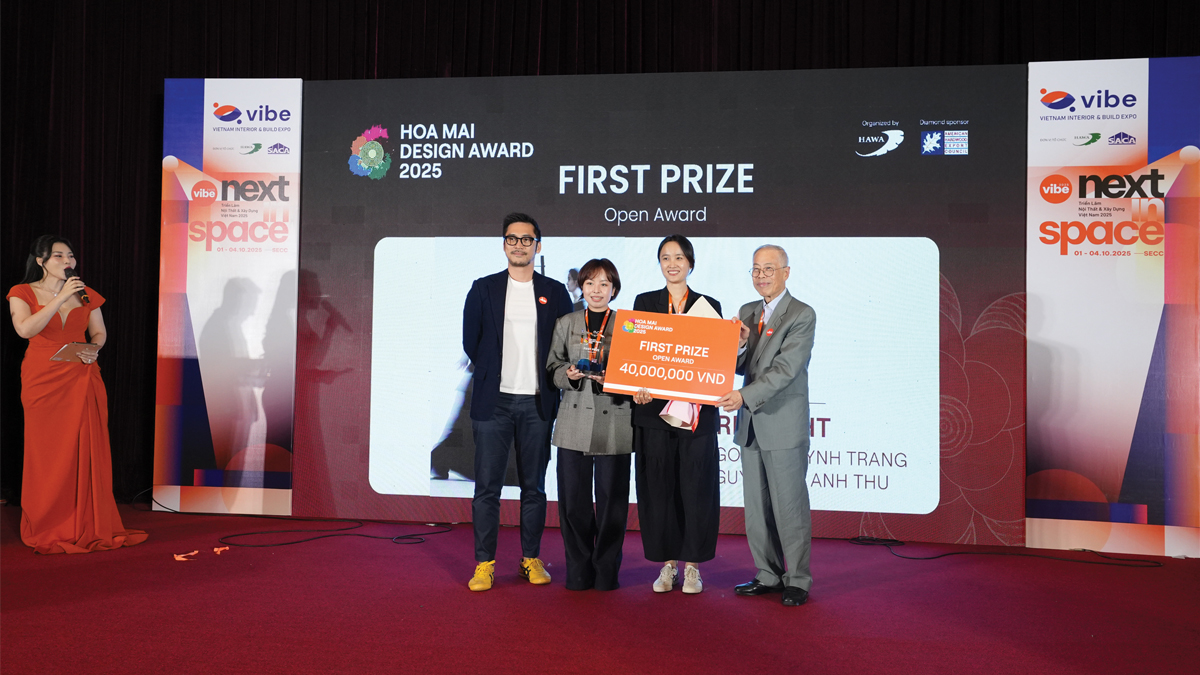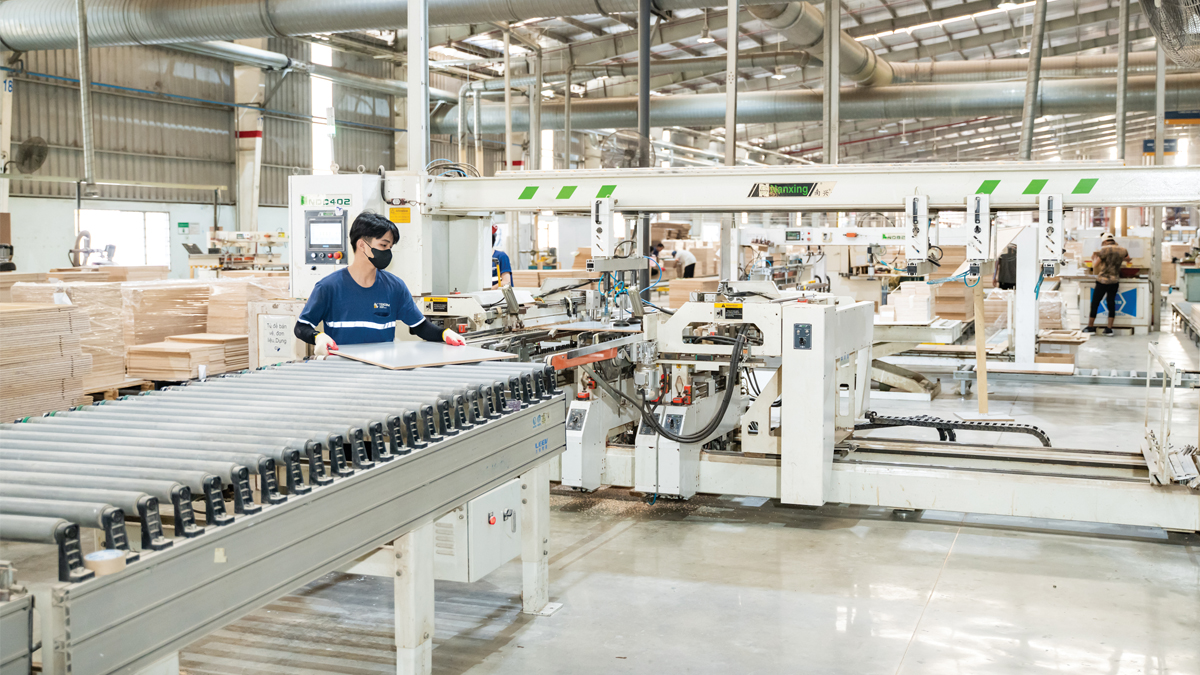The U.S. market is expected to remain a particularly important destination for Vietnam’s wood export industry. Amidst the unpredictable fluctuations of the global market, adopting a proactive mindset and transitioning from traditional business models to digital platforms is an effective solution for businesses to access and expand export markets.
In recent years, Vietnam’s wood industry has made significant contributions to the country’s overall export revenue. According to data from the General Department of Customs, in January 2025, wood and wood product exports amounted to $1.42 billion.
Risk of Losing Competitive Advantage
Among export markets for wood and wood products, the U.S. consistently holds the top position, accounting for more than half of the export share. In 2024, Vietnam’s wood and wooden product exports to the U.S. totaled $9.1 billion, representing 56% of the total export value. In January 2025, the U.S. remained the largest market with exports valued at $780 million, making up 54.9% of the total. Vietnam is also the largest supplier of indoor and outdoor wooden furniture to the U.S.
Looking ahead, this market is expected to continue being a key destination for Vietnam’s wood exports. However, following the imposition of a 25% tariff on steel and aluminum, the Trump administration’s plan to impose additional tariffs on wood and forestry products has caused concern for many Vietnamese wood exporters.
Currently, the tariff rate for Vietnamese wood products entering the U.S. is 0%. If new tariffs are applied, the cost of Vietnamese wood and wooden products in the U.S. will increase, potentially reducing Vietnam’s competitive advantage and eroding the profit margin for the industry.
Strengthening Cooperation and Engaging in Dialogue
To cope with potential challenges from U.S. tariffs, Vietnamese wood enterprises and associations need to closely monitor policy developments to make timely adjustments. Vietnam is the second-largest importer of American wood materials (such as oak, ash, beech, walnut, and poplar), trailing only China. Therefore, Vietnamese businesses must strengthen cooperation and engage in dialogue with U.S. import-export partners and diplomatic bodies in Vietnam.
In the long term, to ensure sustainable exports and mitigate risks, businesses should improve product quality, meet international environmental standards, and offer competitive pricing. Additionally, they should diversify their product offerings and export markets to avoid dependence on a single region or market. Notably, businesses should intensify trade promotion efforts and effectively leverage Vietnamese consumer demand, tapping into the domestic market of over 100 million people and the ASEAN Economic Community with more than 500 million people.
Businesses also need to shift from traditional business models to digital platforms. This transition is considered an effective solution to help enterprises expand their global presence amid Vietnam’s deepening global economic integration. Digital transformation will make businesses more flexible in customer engagement and optimize sales operations.
As the agency responsible for trade promotion, we fully support trade promotion initiatives that help businesses seek export markets, including HawaExpo 2025. This event will showcase the latest trends, provide updates on Vietnam’s export industry, and offer opportunities to connect with leading suppliers across various segments-from furniture and home accessories to handcrafted goods and unique furniture designs.
Boosting Trade Promotion
The wood industry holds significant potential in contributing to national decarbonization and sustainable development goals. To help Vietnam’s wood industry keep pace with these trends, the Trade Promotion Agency will continue to collaborate with associations and businesses on key initiatives:
First, develop a comprehensive export promotion strategy targeting $25 billion in wood and forestry product exports by 2030. This will involve fostering sustainable industry growth through proactive raw material supply, certified wood usage, and low-emission products.
Second, enhance compliance capabilities and certification for wood enterprises, strengthen market competitiveness, and expand export opportunities. Compliance with international standards will also minimize legal and trade risks for businesses.
Third, intensify trade promotion and brand-building efforts for Vietnamese wooden products. In addition to organizing trade fairs and exhibitions, we will expand the trade promotion services offered by industry associations – including organizing overseas trade missions, researching potential markets, hosting international conferences, and providing training on design, digital transformation, green practices, and brand development with deeper technical knowledge. Furthermore, investment promotion activities will be ramped up to foster the development of sustainable supply chains encompassing raw materials, design, production, and distribution.
Vũ Bá Phú – Director General of the Trade Promotion Agency, Ministry of Industry and Trade











